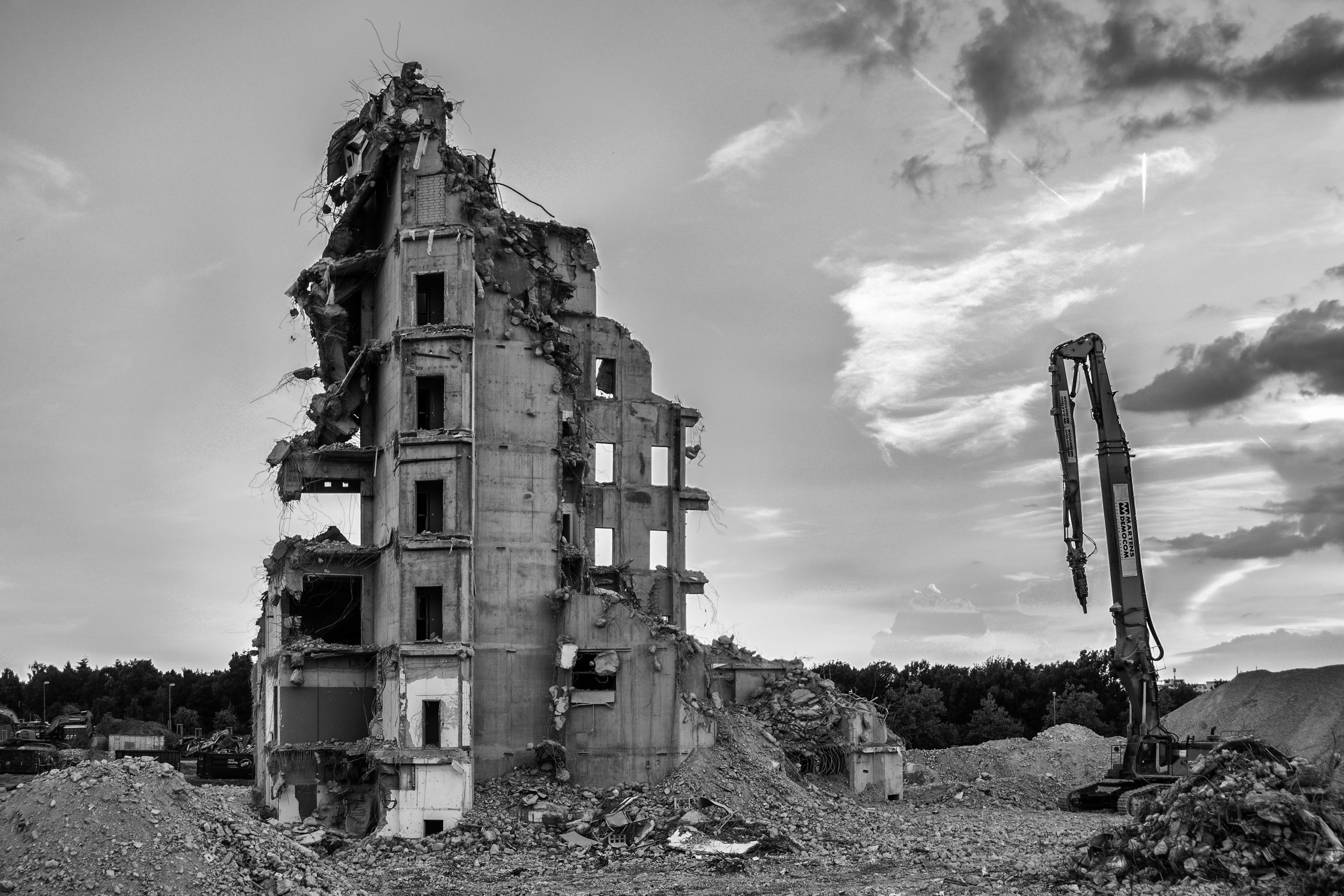Originally published June 2022.
The UK’s commitment to deliver net zero by 2050 risks more than a cost of living and energy crisis.
By 1 April 2027, it will be illegal to lease a commercial property with an Energy Performance Certificate (EPC) rating below C. By 1 April 2030, it is mooted that the minimum EPC rating to lease commercial property will be raised to B. Based on current EPC ratings, over 60% of commercial property in the UK would be illegal to lease by 2027, rising to 80% by 2030. This equates to some 900,000 commercial buildings and over 1 billion square feet of office space alone.
Even as recently as 2021, only 18% of all new non-domestic EPC assessments conducted resulted in a rating of B or higher. The rate of improvement in attainment needs to at least triple for commercial property to meet the 2027 deadline. That is not going to happen.
New build is not the solution. Yes, the end result should be marginally more operationally efficient than a retrofitted property, but the financial cost of demolition and rebuild is generally only financially viable at the primest end of the market. Furthermore, the environmental cost of attainment is massive: the production of concrete and steel is among the most carbon-intensive activity on earth. The Carbon Risk Real Estate Monitor (CRREM) estimates that emissions from new build equates to 25-50 years’ worth of emissions from operating a building. In addition, 60-80% of embedded emissions in existing buildings are reusable.
Yet, despite this evidence, box-ticking institutional investors continue to boast their eco credentials by citing investments in highly specified newly developed buildings which incorporate the latest ’green technology’. These buildings also depreciate the fastest. League tables which only measure the end product result in skewed incentives.
“Social benefits of retrofit include increased job opportunities and local regeneration”
The retrofit of existing property is the most practical and environmentally sound solution. It is cheaper to implement and societally more beneficial. If all sub-standard buildings were to be allowed to fall out of use, the divide between the wealthiest and poorest parts of the country would massively widen. Additional social benefits of retrofit include increased job opportunities and local regeneration.
Even after allowing for the shorter timeframes involved in retrofit, with five years remaining to upgrade over 60% of the UK’s commercial property stock, a buildings’ emergency is unavoidable. The cost of retrofitting buildings is likely to be prohibitive for many landlords. Inflation in the price of building materials is running at over 20% per annum. There are supply chain problems. And the backlog of work among building contractors is pushing up the price of labour. As a result, it is likely that the supply of commercial property which is legally available to lease will materially reduce, with a resultant material increase in the value of that which complies and remains.
Unsurprisingly, a ’brown discount’ for such property is already apparent in the price, as landlords wake up to the cost of making their property both legally compliant and attractive to tenants. As April 2027 draws closer, we expect the brown discount to widen further, or for the ’green premium’ to expand. This difference in pricing is being exacerbated by tenants increasingly making their own commitments to reduce their carbon footprint and therefore wishing to occupy property which reflects such public statements. Disruption on such a scale and in such a short period of time naturally offers opportunity to the agile investor, the most obvious being to convert brown discounts into green premiums.
Unless the UK slows the pace of legislative change to meet its net zero commitments, a buildings’ emergency is unavoidable. In the meantime, those with the requisite funds, expertise and appetite for granular work to upgrade our built environment should quite literally clean up.








